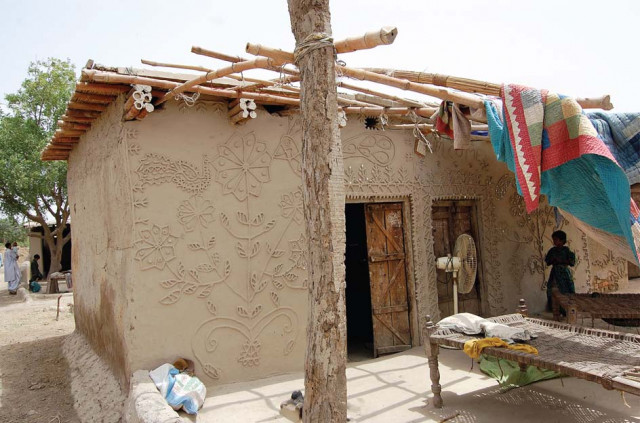Local Government system: Subcommittee proposes introducing 6,000 village councils
One village council will represent at least 4,000 people.

Besides a village council, the four-tier LG system consists of a union council (UC), tehsil council and district council. PHOTO: NASEEM AHMAD
In a meeting on Wednesday, it was proposed that a village council will comprise nine members who will be elected on non-party basis and will represent between 4,000 to 8,000 people. The council will be independent in its decisions and will be headed by a chairman. Council members will include two women, a farmer and one non-Muslim member.
Besides a village council, the four-tier LG system consists of a union council (UC), tehsil council and district council. Between three to four village councils will make up a UC.
If the proposed system is approved by the provincial cabinet, new demarcations will be carried out for UCs. Following this, village councils will be carved out. Presently, there are 960 UCs in Khyber-Pakhtunkhwa, which is expected to be increased to 1,200.
The subcommittee members who participated in the meeting include Dr Muhammad Iqbal Khalil of the Jamaat-e-Islami, Qaumi Watan Party’s Anisa Zaib Tahir Khaili, Peshawar Commissioner Sahibzada Muhammad Anis and secretary of the local government department, Hafizur Rehman.
The Pakistan Tehreek Insaf-led provincial government plans to hold local body elections in October this year. The last time the LG polls were carried out in the province was in 2005.
In a meeting on Monday, Minister for Local Government Inayatullah Khan said the subcommittee would work out the election procedure. “After presenting its report, the subcommittee will meet again to prepare a draft for the polls which would be presented to the chief minister. After the chief executive’s approval, the draft will be brought to the assembly to be turned into legislation,” the minister said.
Published in The Express Tribune, July 25th, 2013.













COMMENTS
Comments are moderated and generally will be posted if they are on-topic and not abusive.
For more information, please see our Comments FAQ